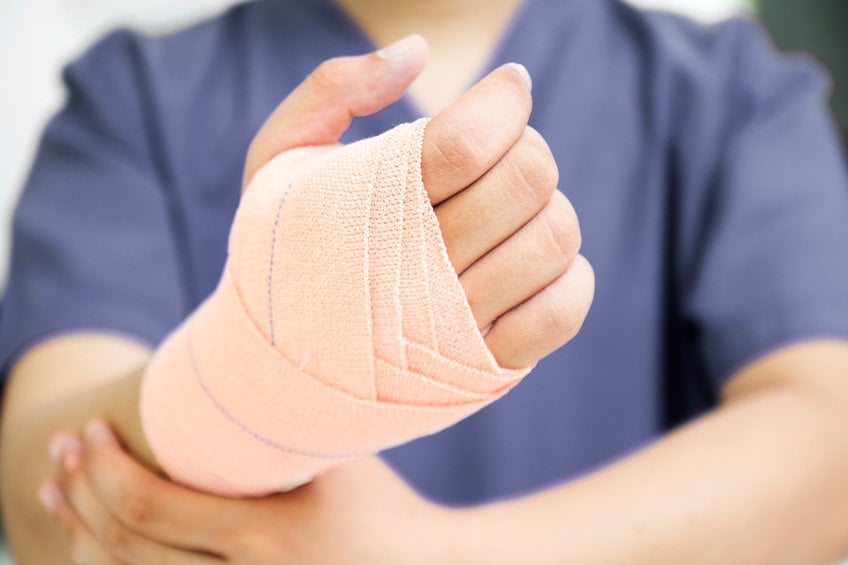What Happens When Someone Gets Trigger Finger?
Trigger finger is a term used to describe chronic pain and discomfort in the fingers. Patients with trigger finger have difficulty moving the finger back and forth. The finger locks in place and stays in a bent position. Trigger finger occurs when the tendons surrounding the finger become inflamed. Trigger finger can affect multiple fingers on the hand, including the thumb.

What are the symptoms of trigger finger?
To diagnose a patient with trigger finger, doctors perform a physical exam. During the exam, doctors tell patients to form a fist by opening and closing the hand. Doctors are looking for these signs:
- Nodule at the base of the finger
- Stiffness
- Clicking or snapping noises when bending fingers
- Locked fingers
Trigger finger is most common in people with chronic conditions like rheumatoid arthritis or people that perform heavy manual labor like farmers or factory workers. Other risk factors include age and gender. Middle-aged people, particularly women, are at higher risk of developing the condition.
How is trigger finger treated?
Treatment for trigger finger varies based on several factors. Usually, the condition starts out mild and progresses over time. Initially, doctors start out with conservative treatments. Doctors will encourage patients to rest the hand by avoiding certain activities and suggest hand exercises to relieve pain. If these methods do not work, doctors will recommend splinting or medication.
The patients can wear on the affected finger to limit motion. Patients can also take medications like acetaminophen to alleviate pain. As the pain gets progressively worse, doctors suggest more invasive measures like injections and surgery. Doctors inject corticosteroids into the inflamed tendon to loosen the stiffness. Patients may require more than one injection before surgery is considered.
Surgery for trigger finger
Trigger finger release surgery is called tenolysis. During this surgical procedure, doctors divide the A1 pulley, a band of tissues that hold the tendons around the finger in place. By releasing this pulley, doctors aim to relieve pressure on the flexor tendon to allow movement of the finger. The surgery requires a small incision and local anesthesia is applied to the surgical area.
After surgery, doctors may require patients to wear a splint and take ibuprofen. Patients may see improvement in six weeks or less but swelling can continue for a few months. Sometimes, patients experience complications after surgery, like infection or scaring. Working with an experienced medical professional can keep these complications to a minimum.
Do I need to take time off from work?
Patients undergoing tenolysis will need to take a couple of days off from work to perform the surgery and to rest the hand. However, any additional time off is at the discretion of the patient. This depends on how the patient feels afterward and how well the patient can perform work duties immediately following the surgery.



